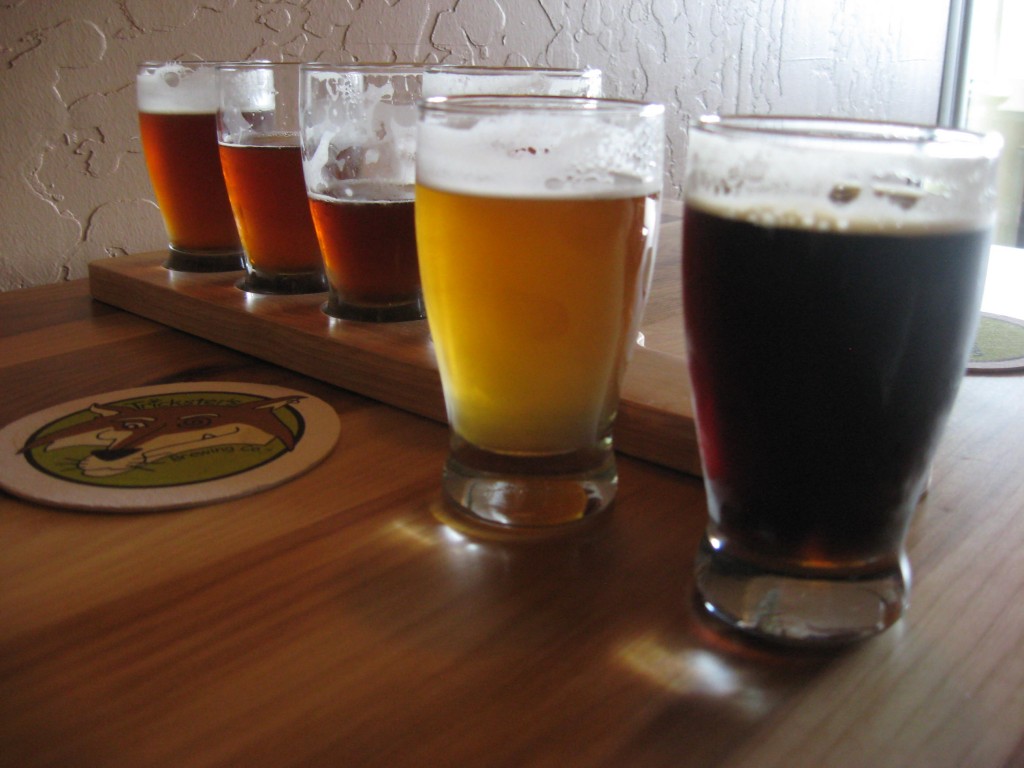
Profiled by Ken Carman
I approached this brew with a bit of “barf” mentality as beer judge. There are some fruit beers I like, but gimmicky brews remind me of Zima: a product that should have been sent to Gitmo and waterboarded until it admitted responsibility for all the other crappy gimmick beer that followed. Yet I found Saranac Summer Brew refreshing and irresistible. The lemonade is up front, yet not sickly sweet. If there hops in this they are so background they’re really not worth the mention. The malt background is just substantial enough to parade the marriage of beer and lemonade around as if they were the perfect couple. That acidic, annoyingly tart, lager yeast background I frequently kvetch about, being an ale geek? If it’s there, it’s probably covered by the lemon.
I would call it a lawnmower beer, but that term needs to banished. I have no big toe on my left foot from a lawnmower accident in the 60s. So let’s just leave it at: “Drinking beer: any beer, and mowing is for pure idiots,” OK?
Yellow, from the lemonade, our sample had plenty of foam… not too much, not too little. It smells exactly as it should: lemonade beer. “Thirst quenching” is the perfect phrase. There were three of us. One: a beer judge; me. One a hesitant experimenter, at best… a friend named George. And Jolene, his wife, who is pretty much a light fruit beer person, if any beer at all. She prefers fruity mixed drinks.
All three of us raved about this.
Hey, Fred Matt!!! This one needs to go as nationwide as possible













You must be logged in to post a comment.